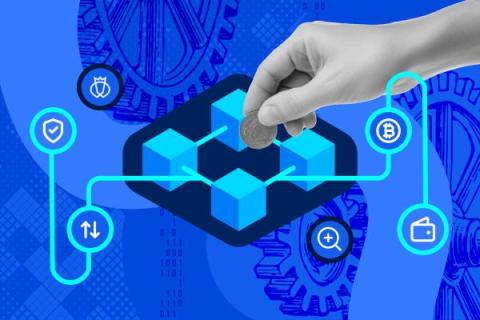Sublime Text: Empowering Developers with Efficient Cross-Platform Coding
Sublime Text a cross-platform app development solution for Windows, Mac, and Linux – is highlighted and recommended. Custom-made for code, markup, and prose, Sublime Text provides an interface of top-notch features such as code autocompletion, debugging, multi-screen editing, and customizable templates. Some features to note are symbol definitions, multi-line constructs, laze embeds, and non-deterministic grammars.











